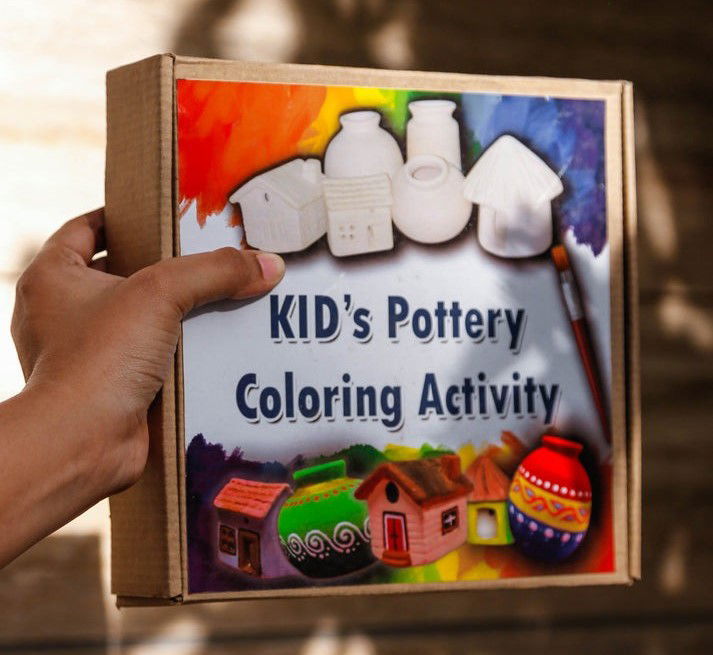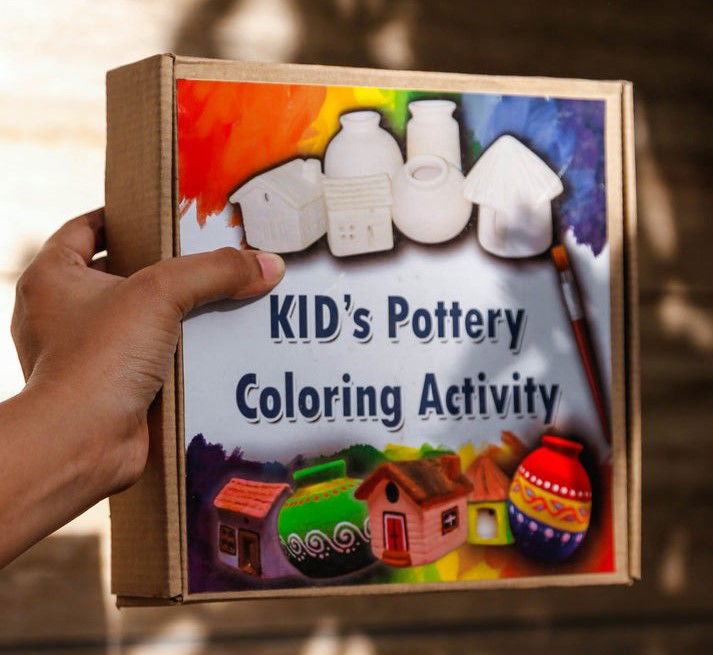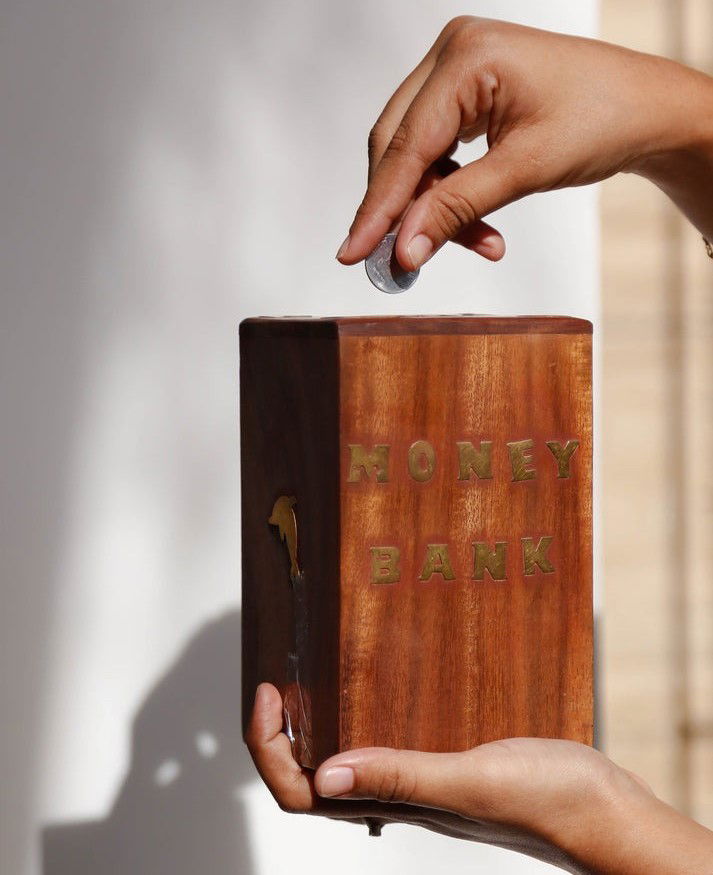Wood vs Plastic: Choices That Matter for Health & Environment

The toys children play with are more than just sources of entertainment they shape their growth, learning, and understanding of the world around them. While modern markets are filled with plastic options, wooden toys have been making a strong comeback, especially among parents who value safety, sustainability, and cultural connection. Choosing between wood and plastic toys is not just about price or availability; it’s about long-term impact on health, environment, and development. Parents today are rethinking their choices, moving toward options that align with values of safety and responsibility.

The Appeal of Wooden Toys
Wooden toys have a timeless charm rooted in simplicity and durability. Their natural textures stimulate children’s senses and foster creativity without overwhelming them with lights or sounds. Parents who explore traditional toys for children often discover that wood-based playthings encourage imagination and problem-solving, unlike plastic toys that are often limited to a single function. Wooden toys also tend to last longer, often becoming heirlooms passed from one generation to the next.
The Drawbacks of Plastic Options
Plastic toys dominate store shelves because they are affordable and available in endless varieties. However, affordability often comes at a cost. Many plastic toys are fragile, break easily, and sometimes contain harmful chemicals such as BPA or phthalates. For younger children, these risks are even greater since they tend to put toys in their mouths. Beyond safety concerns, plastic toys contribute heavily to environmental waste, making them less appealing for eco-conscious families.
Health Considerations for Children
Children’s health is one of the most critical factors in toy selection. Wooden toys made with non-toxic finishes and natural materials are safer for prolonged use. Plastic toys, while colorful and flashy, may expose children to harmful toxins if not manufactured responsibly. Parents also look for toys that encourage fun activities, since play should be both safe and engaging. Broken plastic parts can pose choking hazards, which is why many parents gravitate toward wooden alternatives, where safety and durability go hand in hand.
Environmental Impact of Materials
The choice between wood and plastic also carries environmental consequences. Wooden toys, especially those crafted from sustainably sourced wood, are biodegradable and have a much lower carbon footprint. Plastic, on the other hand, contributes to landfill overflow and ocean pollution, with harmful effects lasting for centuries. Families aiming to make eco-friendly choices often prefer handmade toys, as they are renewable, recyclable, and crafted responsibly.
Educational Value and Creativity
Toys are powerful tools for learning, and the material can influence how children engage with play. Wooden toys are often open-ended think building blocks, stacking sets, or puzzles that inspire imagination, problem-solving, and storytelling. In contrast, plastic toys often come with pre-set functions that limit creative thinking. By choosing toys that encourage open-ended play, parents can nurture cognitive and emotional growth in meaningful ways.

Durability and Longevity
Durability is another area where wooden toys clearly outperform plastic. Wooden toys are sturdy, resistant to wear and tear, and can last for years without losing their charm. Plastic toys, while lightweight, often break or fade quickly, leading to repeated purchases. Investing in wooden toys may seem costlier initially, but their longevity makes them more economical in the long run. For families, this means fewer replacements and more lasting memories.
Supporting Artisans and Traditions
One of the most unique aspects of wooden toys is their connection to cultural traditions and craftsmanship. Many are handmade by local artisans, carrying generations of skills and storytelling within their designs. Buying these toys supports small-scale communities and helps preserve cultural heritage. In contrast, most plastic toys are mass-produced, lacking the personal touch and historical value that traditional wooden toys embody.
Finding the Right Balance
While wooden toys offer many advantages, plastic options may still have a place in certain situations. Waterproof toys, bath-time playthings, or lightweight travel toys can be more practical in plastic. The key lies in balance parents can prioritize wooden toys for everyday play while using plastic in specific contexts where functionality outweighs other concerns. This approach allows families to enjoy the benefits of both without compromising health or sustainability.
Conclusion
The debate between wooden and plastic toys extends far beyond aesthetics it’s about shaping healthier, more sustainable futures for children. Wooden toys provide durability, creativity, and environmental responsibility, while plastic options offer affordability and variety but come with risks. Parents who choose to explore traditional toys for children not only invest in safe and enriching play but also support artisans and eco-friendly practices. Ultimately, mindful choices can create a world where playtime nurtures both children and the planet they will inherit.
